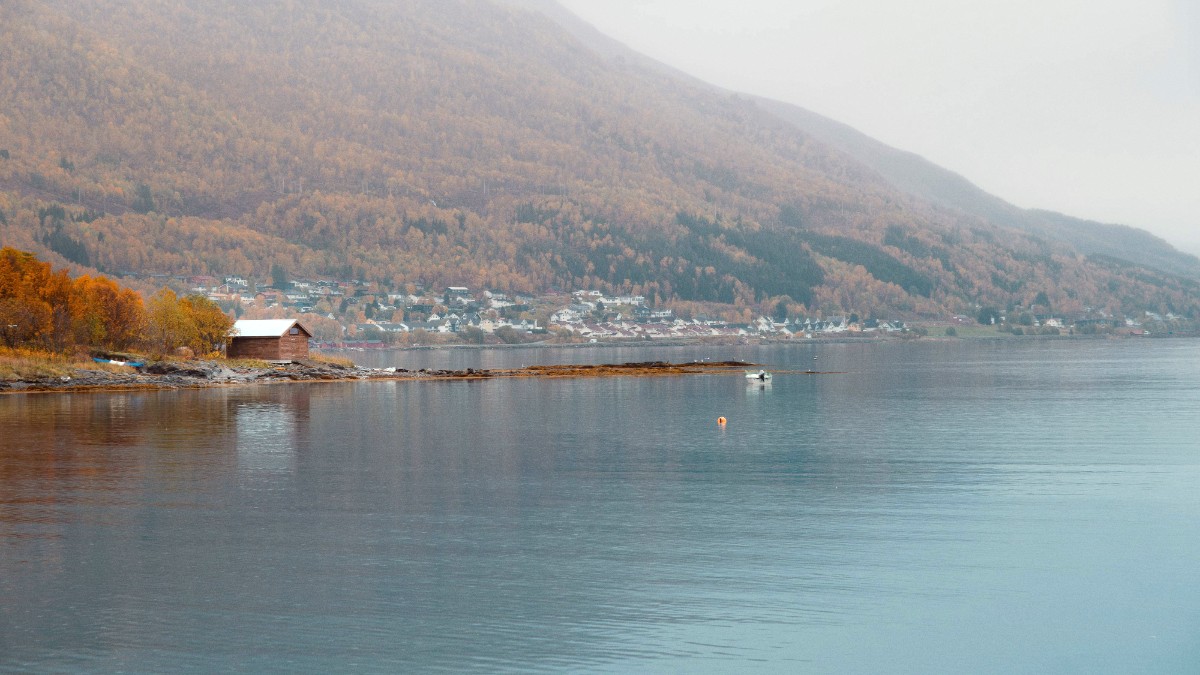
Northern Norway, Norway
Tromsø's cuisine has deep roots in its Arctic location and maritime history. For centuries, the people of Northern Norway relied on the sea and the land for sustenance. This history shaped traditional cooking methods, emphasizing preservation techniques like drying, salting, and smoking. Meals often needed to be hearty and warming to sustain people through cold Arctic winters.
The local diet traditionally focused on fresh seafood, supplemented by reindeer, wild game, and berries gathered from the wilderness.
Recommended for popular restaurants, especially on weekends or during peak season (winter for Northern Lights, summer for Midnight Sun). This supports securing a table.
Service is generally efficient and professional, though less formal than in some other European countries. Tipping is not expected, as service charges are included in prices.
Lunch typically happens between 11:00 and 14:00. Dinner generally begins around 17:00 and continues until 21:00. Many restaurant kitchens close by 22:00, so plan for earlier dinners. Norwegians tend to eat an earlier dinner compared to some other cultures. Breakfast is often a simple affair, with lunch being a quick meal. Dinner is the main meal of the day.
A culinary highlight, especially in winter when the migratory skrei cod arrives from the Barents Sea. It is served simply, often with boiled potatoes, carrots, and a side of liver and roe.
Find this at seafood restaurants like Fiskekompaniet.
A hearty dish with thinly sliced reindeer meat in a creamy sauce, often made with mushrooms and herbs. It is served with mashed potatoes and lingonberries.
Restaurants like Emmas Drommekjokken or Skarven Kro often feature this.
A generous platter demonstrating the freshness of Arctic waters. It includes fresh prawns, crab, mussels, and various smoked or cured fish.
Seafood restaurants typically present this.
A thick, sweet pancake, similar to a Scotch pancake or griddle cake. It is often served with butter and sugar, or jam, and is popular in cafes.
Often called Norway's national cake. This is a meringue cake with a vanilla cream filling and topped with almonds. Find it in bakeries and cafes.
For an elevated culinary journey.
Comfortable dining with quality options.
Affordable and quick meal choices.
Tromsø does not have a large central food market, but supermarkets are well-stocked with fresh produce, meats, and seafood.
Several international restaurants exist in the city center, including Italian, Asian, and other European cuisines, presenting alternatives to Norwegian fare.
Increasingly available in larger restaurants and cafes. Supermarkets have plant-based options.
Limited. Confirm with specific restaurants. Supermarkets might carry imported halal products.
Many restaurants are aware of common allergies. Inform staff when ordering.
Pack specific Allergy-friendly snacks if you have severe or niche dietary requirements.
Use Google Maps filters to locate restaurants, cafes, and supermarkets near your accommodation or attractions.
This app and website specialize in finding vegetarian and vegan-friendly restaurants worldwide.
Explore traveler forums or local food blogs for up-to-date recommendations and insights from those with specific dietary needs.
Specific local seafood, like skrei (cod), makes a winter highlight. Many restaurants feature special skrei menus.
Cloudberries are a summer and autumn treat, often used in desserts. Look for them in local cafes or bakeries.
Dining in Norway can be expensive. Budget-conscious travelers may find supermarkets a more economical option for meals.
Generally acceptable to take photos of food. Be mindful of other diners' privacy.
Service may be less attentive compared to some cultures, but it is always polite and efficient.
Eating out can be pricey. Consider having one main meal at a restaurant and supplementing with lighter meals from supermarkets. Many accommodations include kitchen facilities.